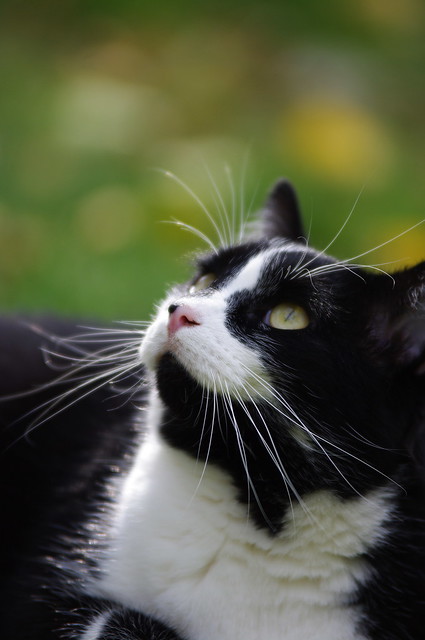 Originally posted by Class A
Originally posted by Class A 
Sure. However, the truly great lenses go beyond "smooth bokeh" and "tack sharp"; they have a certain rendering that is hard to describe but definitely adds something to a good image.
I know what you mean, so in that sense, there is a small amount of pixie dust in every lens, it is just a lot harder to find in some, because each lens is, under capable hands is able to produce images in this way
 Quote:
Quote:
"Pentax snobbery" certainly exists
no, really!

 Quote:
Quote: but I don't think that "pixie dust" is a term that Pentax snobs invented. To me "pixie dust" describes a certain "je ne sais quoi" about a lens' rendering. It is the opposite of "clinical" and adds an ever so slight touch of dreaminess, lending the subject a 3D appeal, and letting it float above the background. It is not an automatic effect in that the scene has to have certain quality to allow it to be seen but if the scene has the potential, some lenses produce "magical" results and others don't.
If you consider this last point as a discussion point, I think the best way to describe it is related to, but not the same as the bokeh. More specifically it is in the transitional region between in focus and out of focus. I have noticed this on my screw mount 135's, where I compared an S-M-C tak F3.5 and a tele lentar preset F2.8. Although at each aperture, both lenses produce the same depth of field, the preset lens had an undescribably different level of separation between subject and background. I attribute this, perhaps wrongly, to the difference in lens design and placement of the iris towards the front in presets and towards the rear in auto aperture lenses.
I too have also a specific comment about the highlighted last phrase, I am not so sure this is any lens, or the photographer who knows how to exploit the scene.


 Similar Threads
Similar Threads 






























